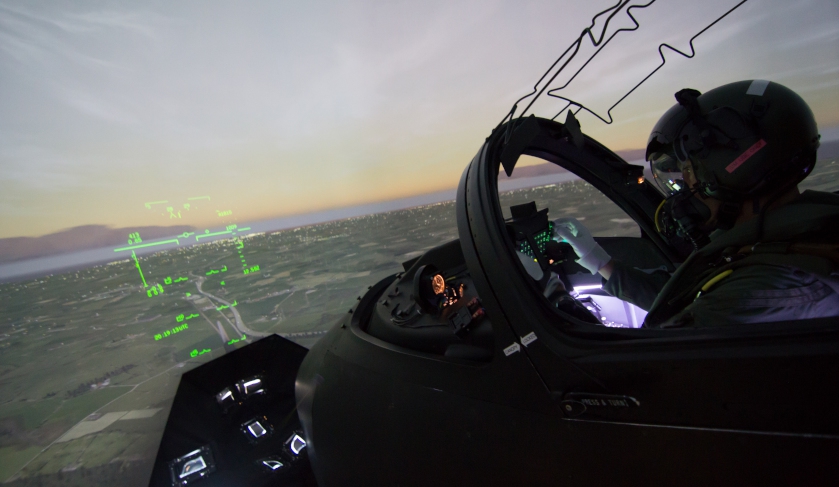Existing defence industry businesses are set to not only compete against each other for work over the next decade, they will be up against fresh new faces in the market.
Businesses like RPR Trades, a recruitment company specialising in skilled and semi-skilled workforces is one of the many industry newcomers that have recently been lured over to the defence sector.
Late in 2016, RPR Trades managing director Darren Da Costa told Defence Connect that his Brisbane-based company was just one of many firms new to targeting the Defence sector as a major vertical, and for good reason.
Skills gap
“We saw that there was this gap in the workforce with the amount of investment that was planned over the next 10 years,” said Da Costa, referring to the massive $195 billion forecast government spending in the period up to 2026.
“We had an interest in being involved, but didn't know how to start, [we] went along to a local government event in Brisbane: ‘Defence 101’,” he said. “The guest speaker was an ex-general of the Army Reserve and gave us good insight into how the supplier chain, or the supply chain, was evolving.”
Da Costa said prior to that event, he had been labouring under the misconception that Defence was pretty much a closed shop, “highly litigious [with] lots of compliance and unless you're a prime contractor … very tough to break into”.
Massive opportunity
The 2016 Defence White Paper – in tandem with the accompanying Investment Plan – has certainly sparked a real buzz around the sector, which is set to see a major spending push as part of Canberra’s aim to integrate the key elements of investment needed to deliver and sustain the country’s defence capabilities.
According to the Investment Plan, these core areas will cover equipment, infrastructure, information and communications technology, science and technology, and workforce.
That last element – the workforce – is of particular interest to companies like RPR Trades, which hopes to seriously capitalise on its own proven ability to provide the right workforce for the right employer.
Defence investment outlook
As the Investment Plan itself phrases it, Defence will be looking to build on existing capabilities to ensure the Australian Defence Force of the future will feature decision-making superiority, and enabled, mobile and sustainable forces with potent and agile offensive response capabilities.
“Key to the effective development of the future force will be to ensure that Defence has the skilled people we need, in the right timeframes,” the document states.
As well as the government’s plan for a continuous naval shipbuilding program, slated to feature nine frigates, 12 Offshore Patrol Vessels and a dozen new regionally-superior submarines, Defence will also focus on reshaping the ADF and the Australian Public Service workforce to meet the demands of a more technologically capable and active future fighting force.
Learning to adapt to changing demands
Da Costa also picked up that particular point when he said Defence’s requirements were already characterised by highly specialised components.
“I've walked into production and manufacturing environments in Brisbane and you wouldn't even know they're there,” he said. “Some of the work that they're doing and what they're producing is world class, literally. There's an opportunity to be involved in that if you take an interest and listen to the instructions.”
“That's really been our journey and we know we're far from complete in that,” Da Costa concluded. “We're learning all the time and as we're expanding our business, it's certainly one of the avenues that we're looking to grow our business behind.”



